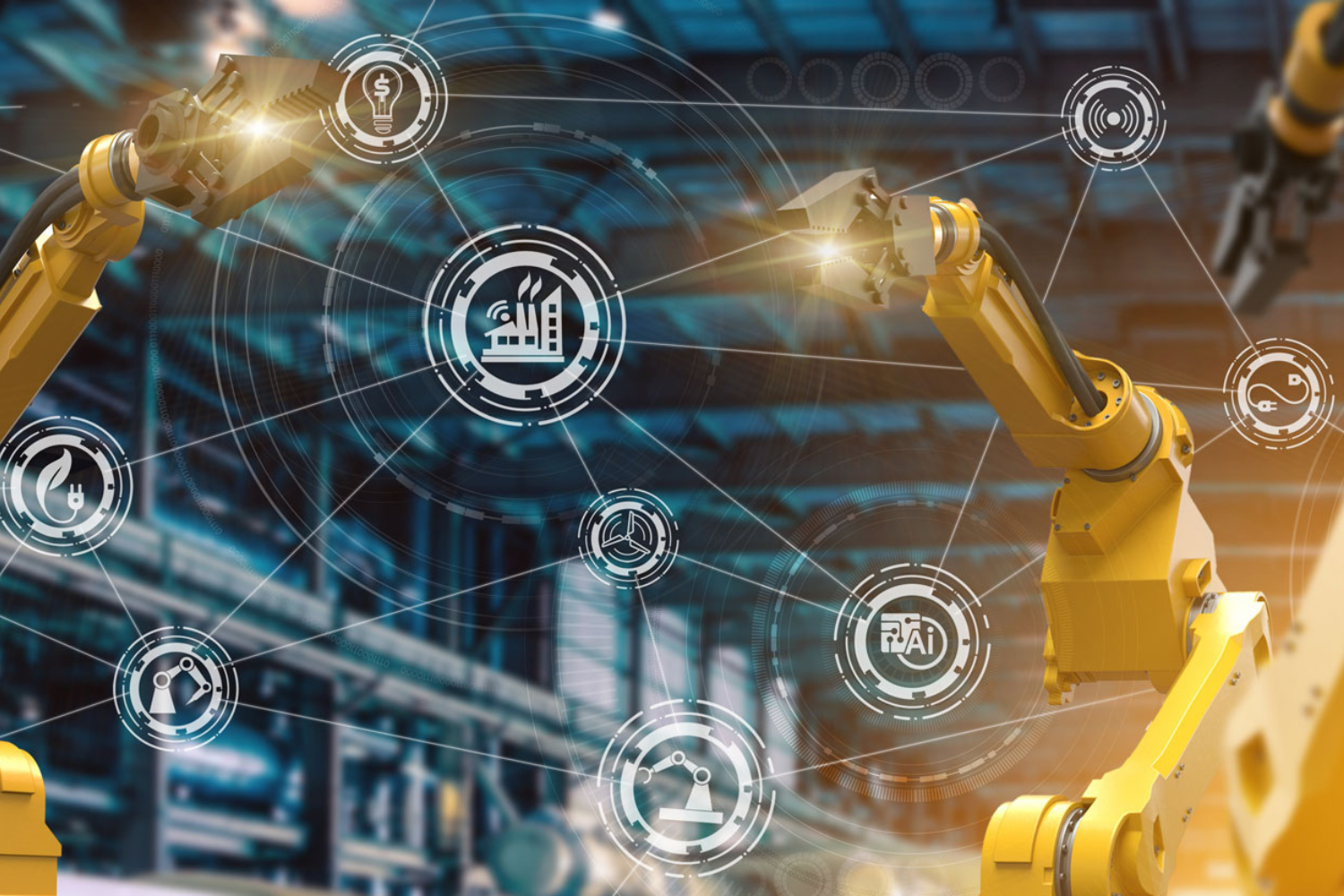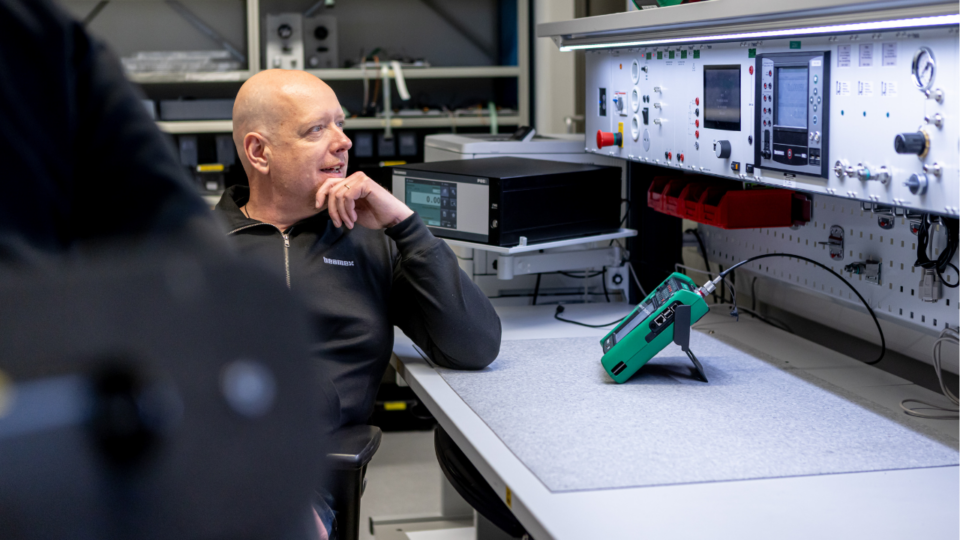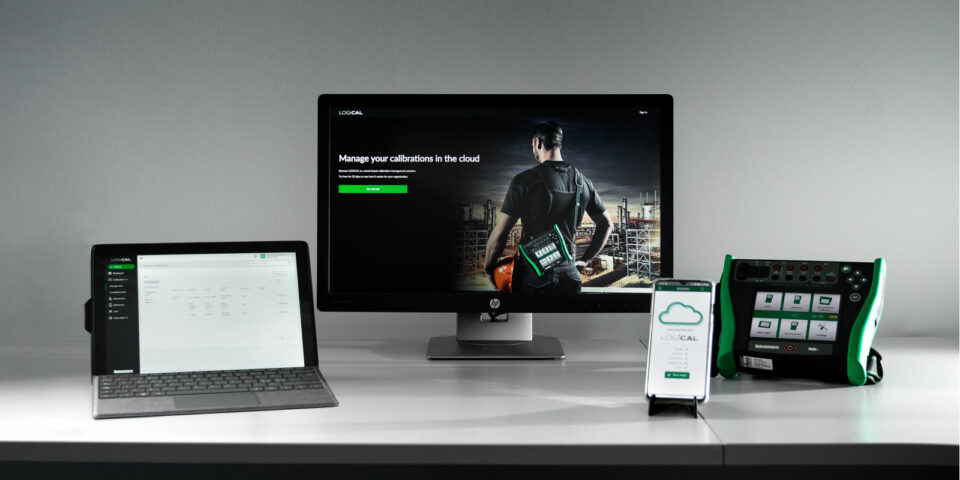
The democratisation of technology will turn employees into changemakers
Nikhil Narayan Sivadas, Senior Editor, Spoon
The next decade could see the world embrace technological progress and disruption unseen since computers went mainstream. Globally, technology is emerging that is lowering barriers and improving access to a wide range of jobs and skills. This is the democratisation of technology in action. And if done the right way, it holds tremendous promise for improving innovation and productivity.
But what does the democratisation of technology mean in practice? Simply put, it means technology that is so simple to use that even non-tech professionals can use it. As more people use and understand the technology, they can contribute to its development and come up with new solutions and tools, leading to a dynamo effect.
The internet is one striking example. Once conceived as a US Department of Defence project, its rise and spread have helped democratise knowledge, lowering barriers to accessing information on different topics. The subsequent upskilling of the workforce and knowledge expansion play a key role in powering today’s technological disruptions.
Another real-world example of the democratisation of technology lies in the introduction of mobile money, or M-PESA in Kenya. Launched in 2007, it allows people to conduct financial transactions using their phones, removing the need to visit physical banks. As a result, nearly 2% of Kenyan households were able to lift themselves out of extreme poverty. Today, M-PESA is Africa’s largest Fintech with a user base of over 30 million monthly active customers.
All eyes on generative AI
Today, the technology that holds the most potential to replicate these kinds of successes is Generative AI. Its ease of use and accessibility give it the potential to automate a wide variety of tasks, removing the need for highly specialised training and time spent in mastering different skills.
“Generative AI will drive a democratised workplace, empowering employees with knowledge and skills to achieve their potential. IT leaders must harness its value to increase productivity, cut costs and create growth opportunities, while also mitigating its significant risks,” says Arun Chandrasekaran, Distinguished VP & Analyst at Gartner.
Since it caught the public’s imagination at the start of 2023, the number of platforms and applications that use Generative AI has risen exponentially. This is also why the democratisation of technology, driven by Generative AI, features as one of Gartner’s top strategic technology trends for 2024.
If implemented properly, from a productivity point of view, Generative AI is expected to improve ideation and time to market for various products, eliminate manual or repetitive tasks, increase business efficiency, and lower the bar for innovation, allowing people to use AI tools to entirely new and disruptive applications. It can also help eliminate the disparity between newcomers and veterans by allowing knowledge transfers to happen seamlessly.
In the US, research conducted by the National Bureau of Economic Research showed that customer support agents were able to achieve a 14% increase in productivity by using AI tools to augment their conversations, with the lowest skilled or least experienced workers achieving a whopping 35% increase in productivity. The AI tool, being trained in the work patterns of more senior and productive employees, was able to tailor its assistance to the less-experienced employees allowing them to easily access knowledge and the technical know-how of their seniors.
Gartner expects that nearly 80% of enterprises will use Generative AI models and applications in production environments. That is an incredible rise from being less than 5% in early 2023.
Driving decentralised innovation
The rise of Generative AI is also having an impact on the development of low and no-code platforms. These are platforms that allow users to develop new applications using a graphical user interface with little to no knowledge of coding. For instance, rather than relying on the IT function of a company to come up with a new product, so-called citizen developers (Professionals working in other functions in the company), will be able to use low-code platforms to develop new software or applications based on unique customer insights.
Examples of such innovation are already being studied across the world. Take Japan for example. The country’s Ministry of Economy, Trade, and Industry (METI) cut development time from one year to one month, using low-code programming from Microsoft to build and operate an online administrative procedure platform. This success has helped the ministry accelerate its digital transformation.
“Our goal is to enable Ministry employees with no special IT expertise to digitise the submission and processing of administrative procedures within their jurisdiction. In other words, we want to enable employees to ‘digitize processes as much as possible on their own,” stated Kaori Hayakawa, a digital transformation manager at METI’s IT Project Office with reference to the case.
Experts expect generative AI to play a key role here helping advance low-code to no-code platforms, allowing for more use cases for these technologies. The global market for low and no-code software is expected to reach USD 26.0 billion in 2023, up 20% from 2022.
Democratising data and tech
The business case for democratising technology is clear to see. As more niche technologies become mainstream, we can expect industries to set in place new policies for the secure use of such tech.
That said, for the democratisation of technology to accelerate in a meaningful way, it is also essential to ensure that data is being shared openly. Just as the democratisation of technology means that it is not just the IT function of an organisation that is leading technological innovation, the democratisation of data will allow a wider range of experts from within a company, industry, or region to access, analyse and utilise data effectively.
To take off, data democratisation will require 3 things. One, is a certain level of data literacy to ensure that data is read right and not misinterpreted. Two, data collection that is accurate and validated. And three, secure standards and processes for sharing such data to ensure that sensitive information is not exposed to unknown parties. As businesses scale up their adoption of Generative AI and low-code platforms, it is factors such as these that will ensure the greatest possible potential for innovation and disruption from the democratisation of technology.
You might also find interesting

For a safer and less uncertain world
Welcome to our series of topical articles where we discuss the impact that accurate measurement and calibration has on the world and our everyday lives.
























